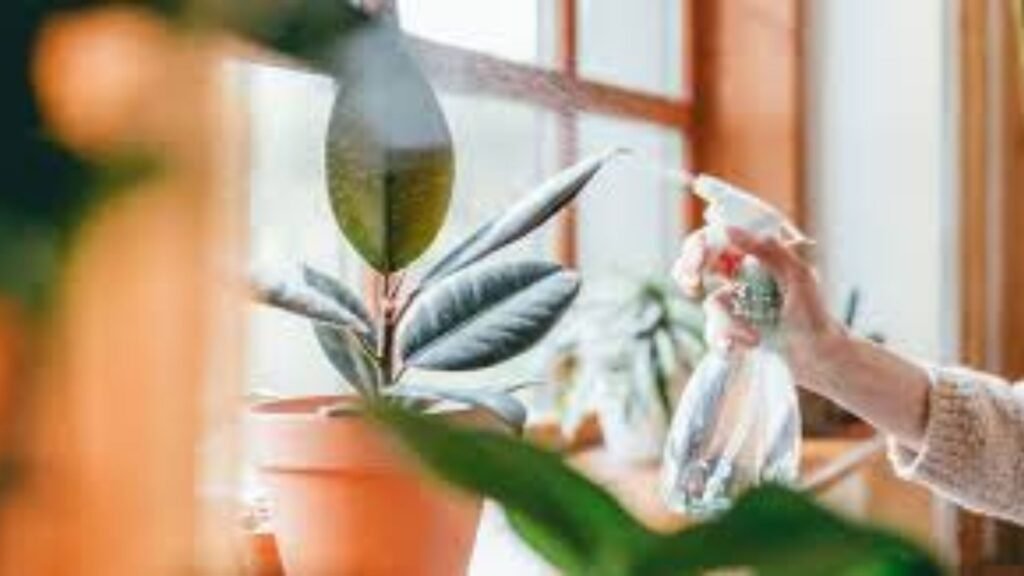Tips to Keep Your Plants Healthy and Thriving
Maintaining healthy plants requires a combination of proper care, attention to detail, and understanding of each plant’s specific needs. By following these tips, you can ensure your Plants Healthy and Thriving in their environment.

Understand Plant Requirements
Know Your Plant’s Needs: Different plants have varying needs for light, water, and nutrients. Research the specific requirements for each type of plant to provide optimal care.
Match Plants to Their Environment: Choose plants that are suited to your garden’s conditions, including sunlight, soil type, and climate. This ensures they thrive in their natural environment.
Provide Adequate Light
Ensure Proper Light Exposure: Place plants in locations where they receive the appropriate amount of light. Some plants need full sun, while others thrive in partial shade or low light.
Use Grow Lights if Necessary: For indoor plants or during the winter months, use grow lights to supplement natural light. This helps maintain healthy growth and prevents leggy or weak plants.
Water Properly
Water According to Needs: Water plants based on their specific needs. Some plants prefer consistently moist soil, while others require periods of dryness. Check soil moisture before watering.
Avoid Overwatering: Overwatering can lead to root rot and other issues. Ensure pots have drainage holes and only water when the top inch of soil feels dry.
Fertilize Regularly
Use the Right Fertilizer: Choose a fertilizer appropriate for your plant type and growth stage. Follow the recommended application rates to avoid over-fertilizing.
Feed at the Right Time: Fertilize plants during their active growing season, typically spring and summer. Reduce or stop fertilization during dormancy periods.
Maintain Soil Health
Use Quality Soil: Ensure plants are grown in high-quality, well-draining soil. Good soil supports healthy root growth and provides essential nutrients.
Amend Soil as Needed: Incorporate organic matter such as compost to improve soil fertility and structure. Regularly check and adjust soil pH if necessary.
Prune and Trim Regularly
Remove Dead or Diseased Parts: Prune away dead, damaged, or diseased leaves and stems to promote healthy growth and prevent the spread of pests or diseases.
Encourage New Growth: Regular trimming helps shape plants and encourages new growth. For flowering plants, remove spent blooms to promote more flowers.
Manage Pests and Diseases
Inspect Plants Regularly: Check your plants frequently for signs of pests or diseases. Early detection allows for prompt treatment and minimizes damage.
Use Natural Remedies: Address pest issues with natural remedies or insecticidal soaps. For diseases, remove affected parts and use appropriate treatments to control the spread.
Provide Proper Temperature and Humidity
Maintain Ideal Temperature: Ensure plants are kept within their preferred temperature range. Avoid placing them in areas with extreme temperature fluctuations or drafts.
Adjust Humidity Levels: Many plants thrive in higher humidity. Use humidifiers, pebble trays, or misting to maintain adequate humidity, especially for tropical plants.
Repot When Necessary
Repot to Provide Space: Repot plants when they outgrow their containers or become root-bound. Choose a pot that is slightly larger than the current one and refresh the soil.
Check Root Health: Inspect roots during repotting for signs of rot or disease. Healthy roots should be white and firm. Trim any damaged or diseased roots before repotting.
Practice Good Plant Hygiene
Clean Plant Surfaces: Dust leaves and clean plant surfaces to ensure optimal photosynthesis and prevent pest infestations. Use a damp cloth or gentle rinse.
Remove Debris: Keep the area around your plants clean and free of fallen leaves or other debris. This helps reduce the risk of pests and diseases.
Conclusion
Keeping your plants healthy and thriving involves understanding their specific needs, providing proper light, water, and nutrients, and maintaining good overall care. By following these tips, you can ensure your plants grow strong, stay vibrant, and bring beauty to your home or garden.



